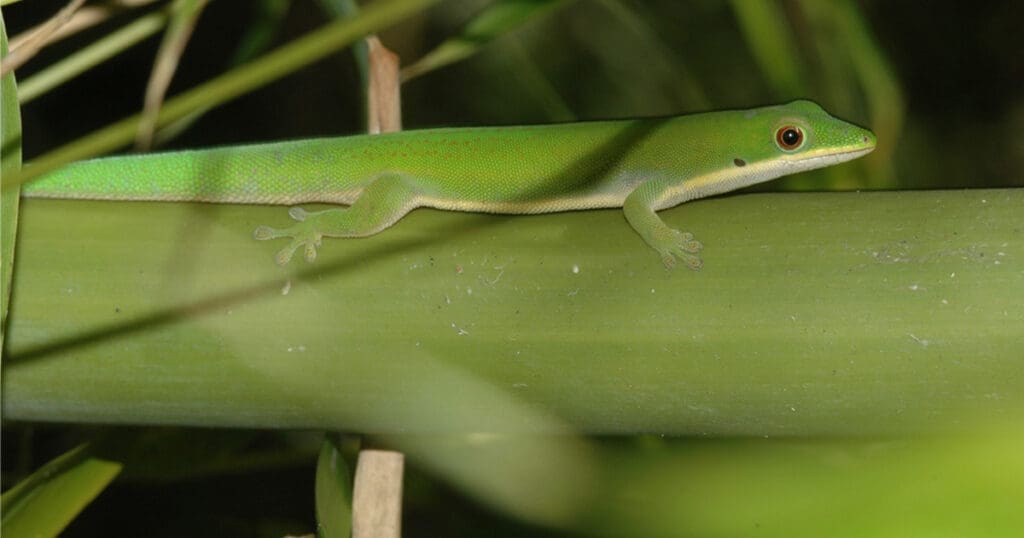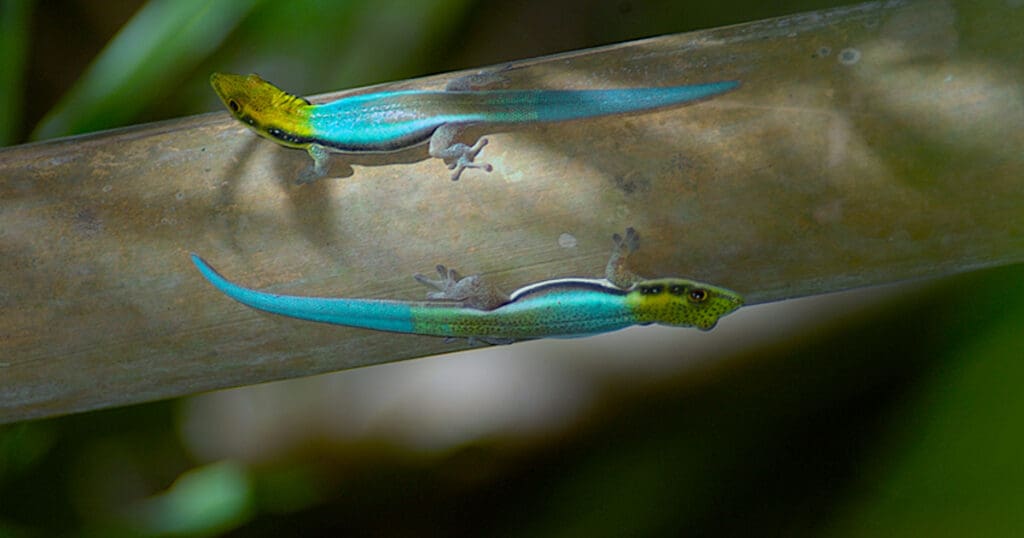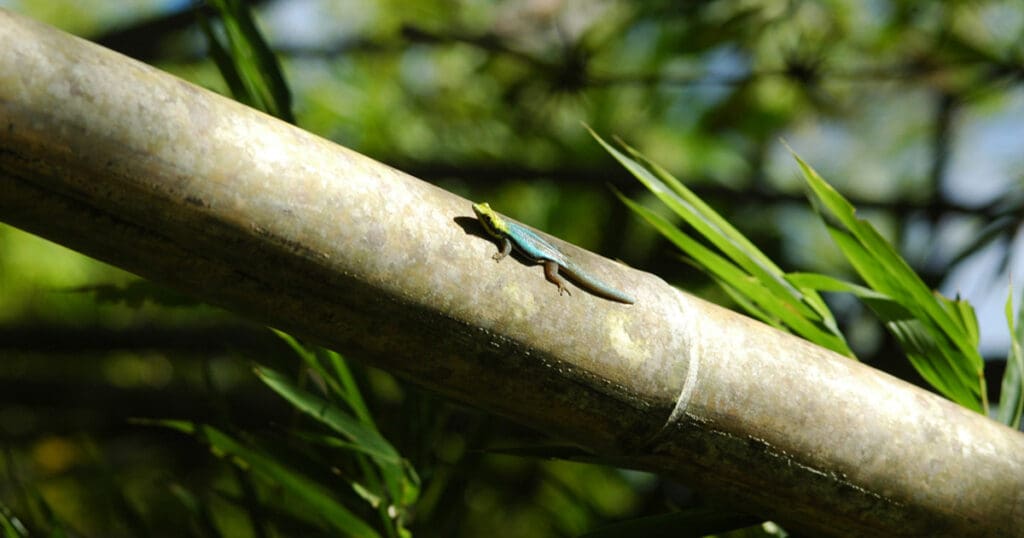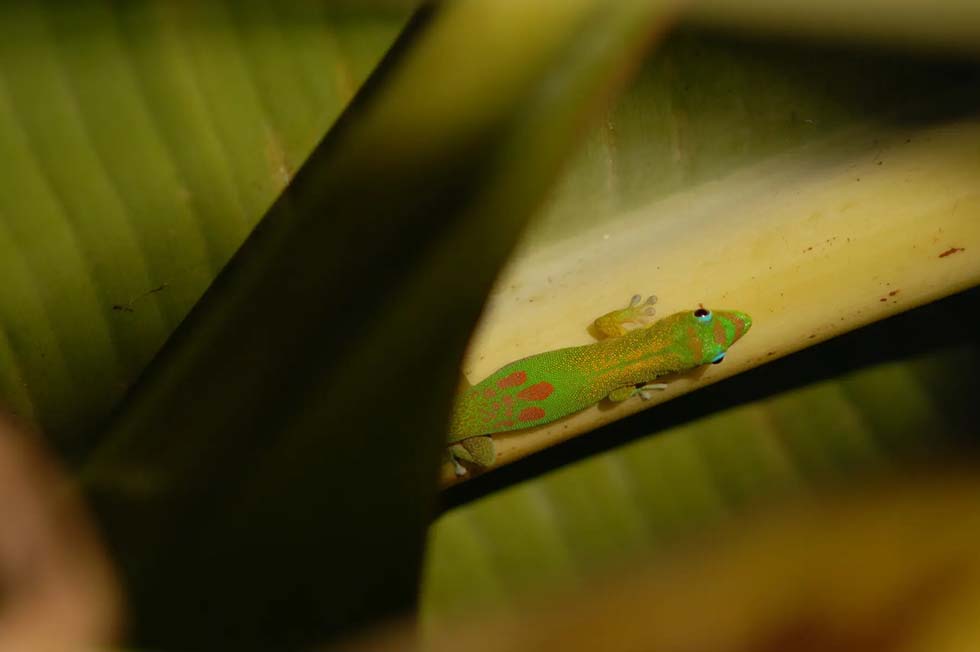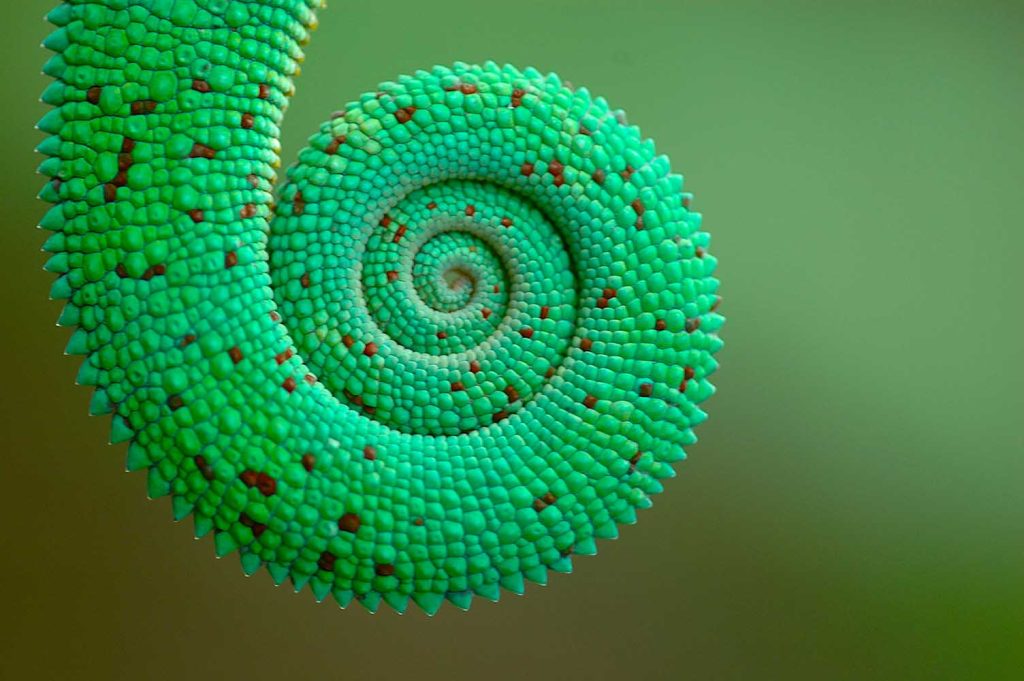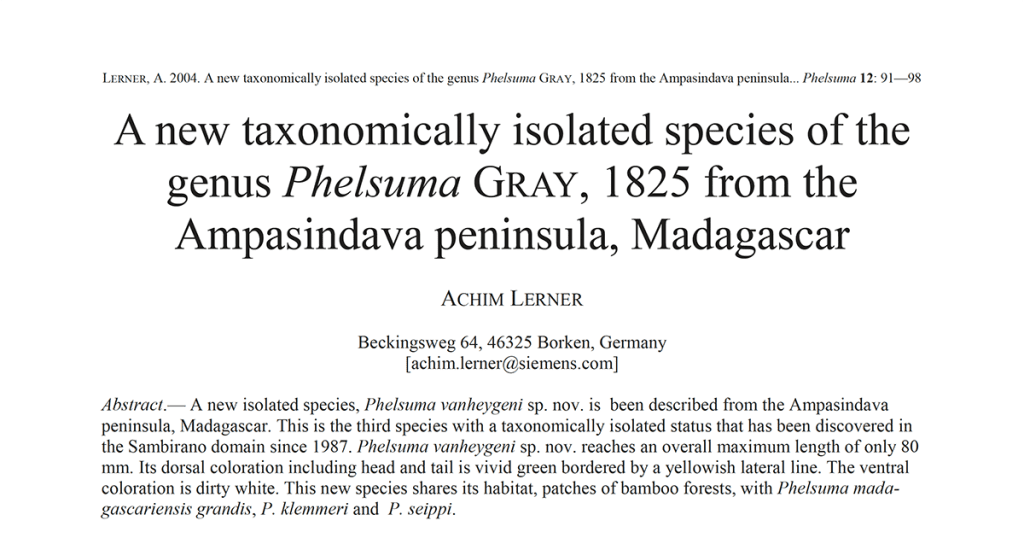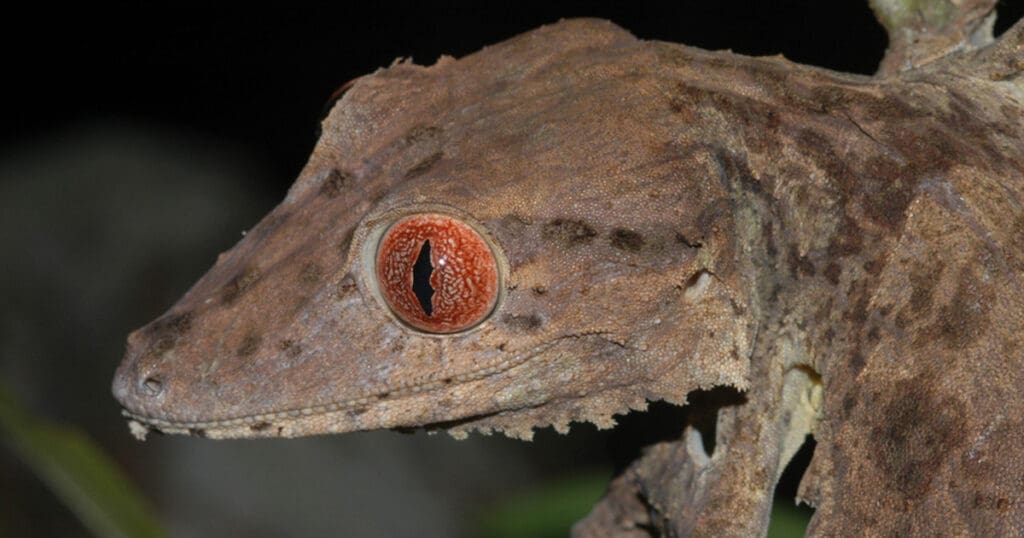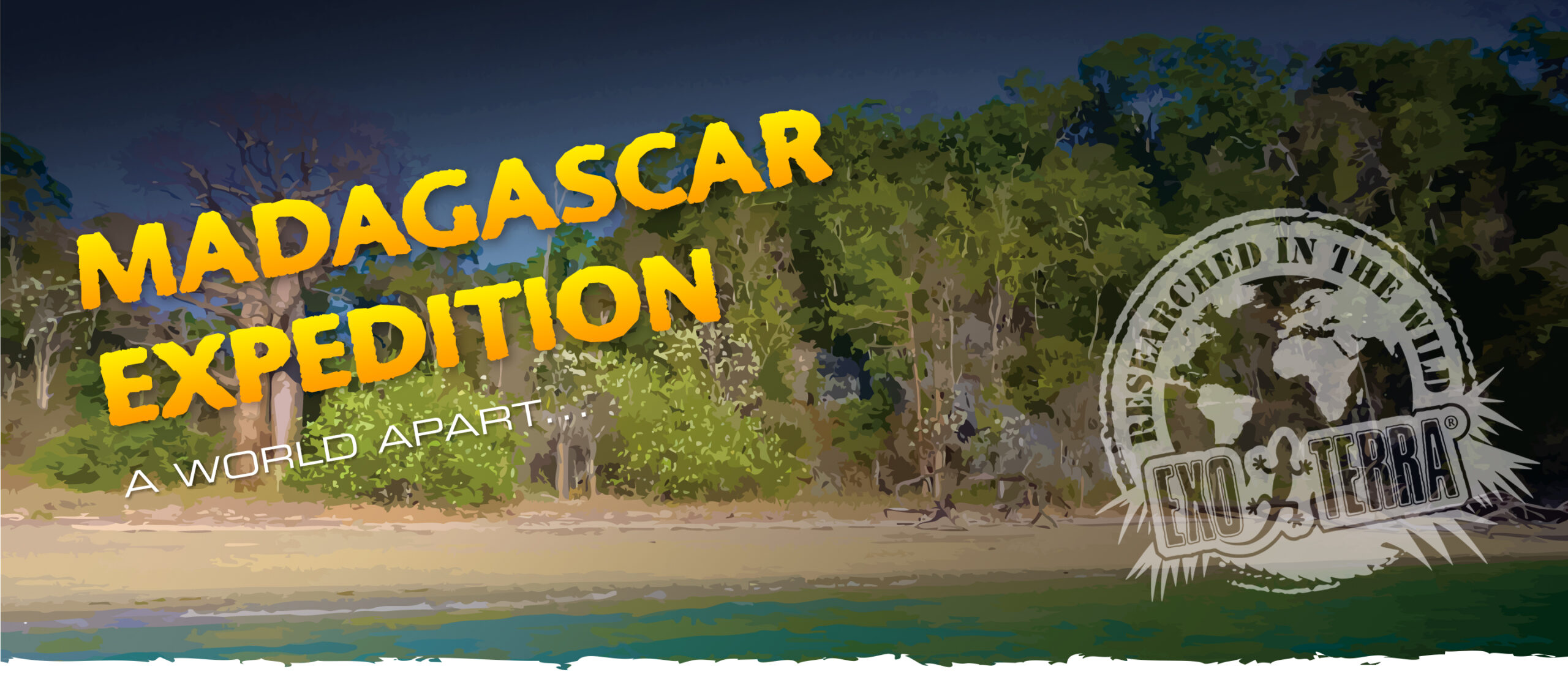
Madagascar
Dive into the heart of one of the Earth’s most incredible biodiversity jewels, and you’ll discover the awe-inspiring work of the Exo Terra team. Venturing multiple times into this ecological sanctuary, the team sought to unravel the mysteries of day geckos, enigmatic chameleons, and other unparalleled species that call Madagascar home.
Here’s the kicker: While nearby continents teem with venomous snakes and pythons, Madagascar dances to its own unique tune. The island’s boas and iguanid lizards share mysterious ties not with neighboring Africa, but with distant South America.
With an astounding roster of over 400 reptilian species, Madagascar stands as a testament to evolution’s wonders. An even more jaw-dropping fact? A staggering 95% of these species can’t be found anywhere else on Earth! But this treasure trove of biodiversity is on the brink. Close to 40% of these reptilian marvels teeter on the edge of extinction, their fates entwined with the island’s dwindling protected areas.
The story doesn’t end there. Madagascar’s amphibians are also on the razor’s edge. The island is a haven for over 300 known amphibian species, with an astonishing 99% found only here. And while countless more remain undiscovered, they’ve luckily dodged the bullet of a catastrophic fungal disease—so far.
However, our team witnessed a disturbing trend: the island’s lush habitats are being eroded at an alarming pace. With forests falling and habitats fragmenting, the future of Madagascar’s unparalleled reptiles and amphibians hangs in the balance. Yet, in the face of these adversities, the promise of discovery remains. Our Exo Terra team has already unveiled several never-before-seen species and unknown populations.
Join us in the mission to protect, preserve, and discover the wonders of Madagascar before it’s too late!
“With an astounding roster of over 400 reptilian species, Madagascar stands as a testament to evolution’s wonders. An even more jaw-dropping fact? A staggering 95% of these species can’t be found anywhere else on Earth!”
Madagascar Journals
Discovery of a new Gecko
Madagascar, the land of mystique and wonder, has always been revered for its unparalleled biodiversity. Every step on this island is a testament to nature's grandeur. And there, in the midst of the towering bamboo of Ampisindava, was our stage, where nature's drama would unfold.
Jewels of the bamboo forest I
The day's adventures guided us from Ankify to Ampopo, along the shores of the Ampasindava Peninsula. As we approached, dolphins frolicked near our boat, offering a spectacle of nature's dance. The evening saw us under the open skies of Ampopo's virgin beach, with a crackling campfire warding off nature's nocturnal visitors.
Jewels of the bamboo forest II
With camp set up, our scientific endeavors began with the creation of pitfall traps to capture ground-dwelling reptiles and amphibians. Though a single tiny frog was all that was caught, the surrounding bamboo forests held more surprises.
Jewels of the bamboo forest III
Once we reached the bamboo forests, we were again stunned by the density of day geckos. In the internal bamboo forests of the Ampasindava peninsular, Phelsuma vanheygeni is very common. It shares its habitat with Phelsuma klemmeri, Phelsuma seippi, Phelsuma laticauda and the bigger Phelsuma madagascariensis grandis. Phelsuma vanheygeni is one of the smaller day gecko species that is well adapted to living in bamboo.
Panther Chameleons In Madagascar
Panther Chameleons, scientifically referred to as Furcifer pardalis, belong to the Chamaeleonidae family and are a vivid illustration of nature’s complexity and beauty.
Phelsuma vanheygeni
Achim Lerner's initial description of Phelsuma vanheygeni in the 'Phelsuma' journal, courtesy of the Nature Protection Trust of Seychelles.
The Ampasindava Peninsula
The Exo Terra expedition left Paris for one of the remotest and inhospitable parts of the ‘Red Island’: Madagascar. It took the expedition team four flights, a 10-hour ocean trip and several hours by pirogue through the natural canals of the dense mangrove forests to finally install the first campsite. Although it was supposed to be the dry season, it wasn’t. Tents had to be erected in the pouring rain, and the team’s equipment was drenched. With everything soaked, the inside-out tent’s only remaining purpose was protection against the millions of biting mosquitoes. Madagascar is one of the world’s high-risk areas for Malaria, a mosquito-transmitted and often fatal disease.
Stay up on all things exo terra.
"*" indicates required fields

